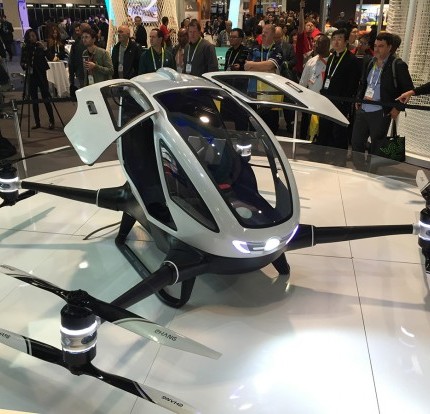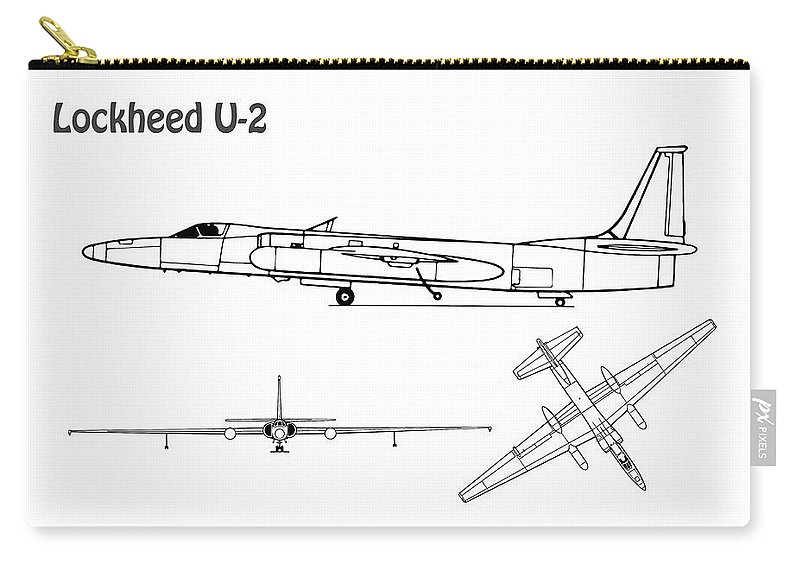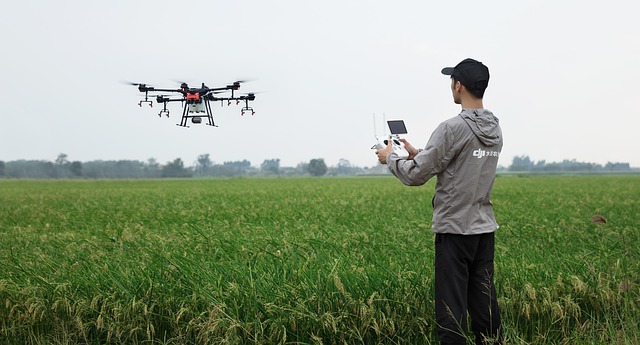
There are many benefits to using drones for solar farms. Drones can be used to eliminate rooftop work, as well as ensuring that solar panels and electrical substations function properly. Drones can also take thermal readings and zoom in on individual panels to help identify problems and errors quickly. This article will describe how thermal imaging can benefit drones for solar farms. You will learn how drones to solar farms can make your operation more efficient.
Thermal camera on a drone
FLIR Vue Pro (640). This thermal camera was mounted onto a multirotor quadcopter. The camera had a focal length measuring 9mm. NADIR images were captured at a rate one per second. In a first inspection the thermal images gave an approximate resolution 10 centimeters. The second inspection yielded eleven pictures, which took less then five minutes. After replacement work, the thermal images allowed for quick inspection. The high image overlap and low blurred are two of the advantages of this thermal camera.
Reduces human error
The benefits of drone technology are numerous. Drones can be used to perform a variety of solar tasks including monitoring, planning maintenance, and time-critical inspections. Operators can diagnose problems quickly and efficiently using data collected by drones. The technology can detect faulty solar panels and pinpoint problems before they result in loss of energy output. Drones can be used to minimize human error in evaluating solar power plant.

Improves data quality
Drones have the potential to significantly improve data quality for a solar farm. They can provide thermal readings as well as zoom-in capabilities. PV operators can use drones to make sure their panels are installed correctly and that they run smoothly. DJI Matrice drones are one of the most sought-after high-tech industrial machines. They can fly for extended periods of time and have IP43 weather capabilities. In addition to their superior engineering capabilities, these drones excel in broadcasting/filmmaking functions and in the solar industry.
Speeds up inspections
Drones can be used to speed up solar inspections. Drones have the ability to fly over a 10-kilometer area and scan individual panels. Manual solar inspections, by contrast, only analyze two to three percent of modules and can produce highly inaccurate results. Drones are able to scan all modules and report their findings with greater accuracy. Solar farm operators can reduce the cost of solar panels by using drones and also reduce the need to intervene manually.
Reduces cost
Many sectors are benefiting from drone technology. Drones could cut costs up to 70% in the solar energy sector. Drones offer a cost-effective method to evaluate the rooftop energy potential and perform maintenance inspections. They can scan land at a 'exceptionally fast speed'. This allows drones to reduce costs at all stages of solar operations - from planning to maintenance and operation.

FAQ
How can I keep drones off my property?
Drones are becoming increasingly popular for home surveillance, but they also threaten privacy and security. You can prevent drone attacks by installing motion sensors around your home and using them to detect any unauthorised flying objects.
Can I fly my drone indoors without a license?
Yes, you can fly your drone indoors. It is important to make sure there are no hazards or obstacles in your home. Avoid flying near heating vents, heating vents and air conditioning units.
What are the rules of operation for drones?
Register your drone with the FAA. You will need to submit information about your drone including its weight and size as well as operating frequency. You will also need to get an FAA identification number.
What is the maximum height you can fly a drone with no license?
The FAA has no limit on how high you can fly a drone. They do require that you register your unmanned airplane system (UAS), which includes registration number, model number, weight, size and manufacturer's names, as well as other information.
What is the law about drones flying on private property?
Recently, the FAA released new rules for commercial drone operations. These rules are only applicable to UAVs that weigh less than 55 pounds and fly below 400 feet above ground. Commercial operators must register at the FAA and apply for a license. They must also obtain permission from local authorities if they plan to operate in restricted areas, such as airports.
Is it possible to spy on someone with a drone?
Yes, anyone can use drones to spy on them. The only way to protect yourself from drones is to be aware of them and avoid areas where they may fly. Call 911 immediately if you spot a drone flying about.
Statistics
- According to Indeed, a drone pilot gets paid $25.73 per hour on average in the US. (dronesgator.com)
- With the top 10% making over $100/h and the bottom 10% making as low as $10/h. (dronesgator.com)
- According to the multiple listing service (MLS), houses and apartments with drone photographs are up to 68 percent more likely to sell than those without pictures. (thedroneu.com)
External Links
How To
How to Fly Drones at a Beginning Level
A drone is a remote-controlled aircraft used for aerial photography, cinematography, surveillance, scientific research, and hobby purposes. Drones are a technology that has been around since World War II. DJI's Phantom series of quadcopters was the first to be commercially used. There have been many types of drones since then, including beginner-friendly drones like the Parrot AR Drone 2.0 and professional-grade multi-rotor crafts like the DJI Mavic Pro.
You can fly a drone in many different ways, including:
-
Remote control: This uses a remote control device that attaches to your hand and allows you control the drone along its flight path. There are two main types of controllers: On/Off switches (like a radio) and joysticks.
-
Manual Control- This allows you to control your drone remotely via GPS coordinates. You must keep track of the location where you want the drone to go and follow the instructions from the app.
-
Autonomous Flight – This is when the drone handles all the piloting tasks. It basically flies autonomously without any human intervention. For the autonomous flight to occur, the drone must have a built-in camera and sensors capable of capturing images and data.
-
Triggered Flight: This is similar in concept to manual control. The pilot manually creates a route and the drone then follows it until it reaches that endpoint. Once the programmed route is completed, the drone lands automatically and returns back to the base.
-
Landing Gear – A few drones come with landing gear. This allows them land safely in the event of losing power or running out of battery.
-
Goggles – Pilots often wear goggles while flying to keep themselves safe from any debris.
-
Camera - Some drones are equipped with cameras allowing you to capture photos and videos from above.
-
Obstacles. Some drones can have obstacle avoidance technology that stops them from hitting obstacles.
-
Speed - Some drones can reach speeds of over 40 mph.
-
Battery Life - Most drones are capable of lasting between 20 minutes and three hours, depending on the power that you use.
-
Some drones have a range of up to 30 miles, depending on their model.
-
Power source - Not all drones can use an external power source. Others can run on internal batteries.
-
Weight - Some drones are lighter than others, while some models can weigh as much as 4 pounds.
-
Size - From small drones that can be carried in the palm of one's hand to larger drones that weigh over 50 pounds, drones come in a variety of sizes.
-
Price - From high-end models that cost thousands of dollars to low-cost options that start at $100, all drones fall under a certain price category.